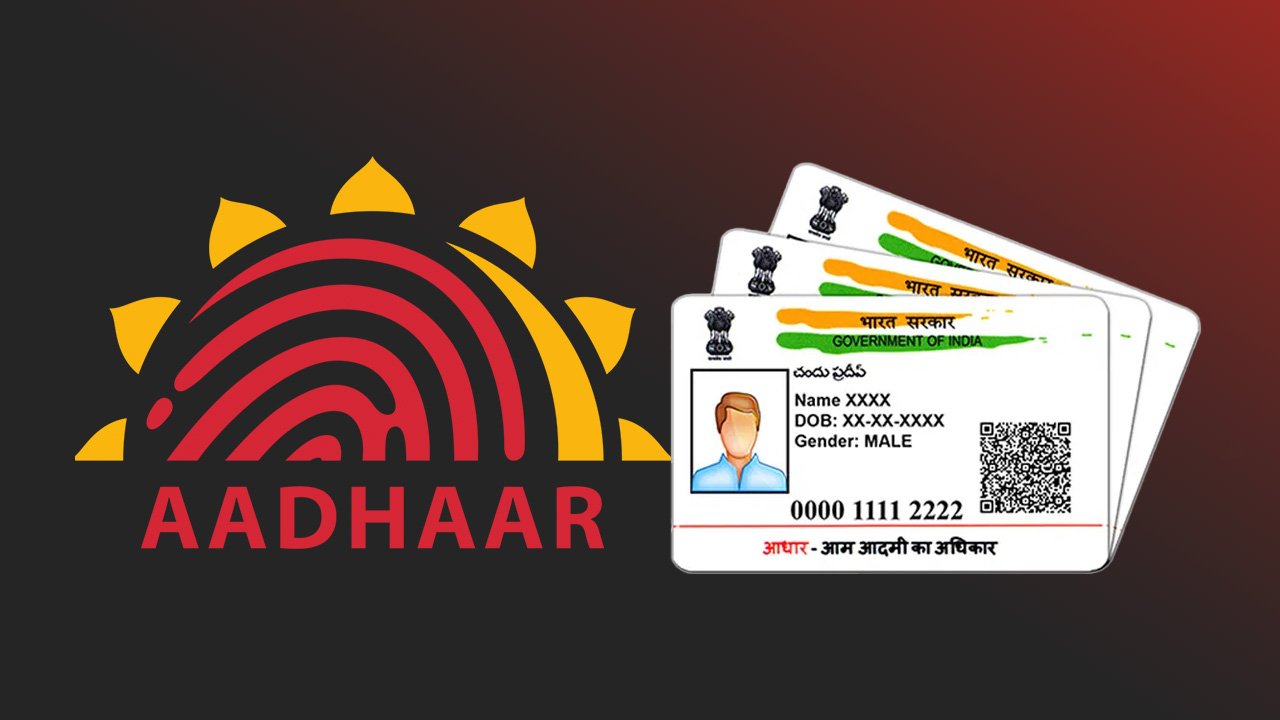New Delhi: Starting November 2025, India’s Unique Identification Authority (UIDAI) is set to roll out a major overhaul of Aadhaar-related regulations — a move that will directly impact more than 1.43 billion cardholders across the country. The reforms aim to make Aadhaar management simpler, faster, and fully digital, aligning with the government’s broader Digital India mission.
Aadhaar Updates Now Without Document Uploads
Under the new rules, Aadhaar holders will be able to update their name, address, date of birth, and mobile number online — without uploading any supporting documents.
UIDAI’s upgraded verification system will automatically cross-check users’ details with linked government databases such as PAN, passport, driving licence, ration card, MGNREGA records, birth certificates, and school documents.
This integration means Aadhaar users will no longer need to manually upload proofs for most demographic updates. However, biometric updates — such as fingerprint, iris, or photograph changes — will still require a visit to an Aadhaar Seva Kendra.
The First Firm to Assess Your DFIR Capability Maturity and Provide DFIR as a Service (DFIRaaS)
Revised Charges for Aadhaar Updates
- From October 1, 2025, UIDAI has revised the service charges for various Aadhaar update requests:
- For updates to name, address, date of birth, mobile number, or email: ₹75 (previously ₹50)
- For biometric updates (fingerprint, iris, or photo): ₹125 (previously ₹100)
UIDAI clarified that these adjustments reflect “infrastructure and technology enhancement costs” and ensure “better service delivery at local centers.”
Free Biometric Updates for Children
In a significant relief for parents, UIDAI has announced that mandatory biometric updates (MBU) for children aged 5–17 years will be free of charge from October 1, 2025, to September 30, 2026.
This initiative is expected to benefit nearly 60 million children across India. UIDAI urged parents to complete these updates promptly, emphasizing that accurate biometrics help secure children’s digital identity and ensure seamless access to scholarships, education schemes, and government benefits.
PAN-Aadhaar Linking Deadline Extended to December 2025
The government has reaffirmed the mandatory PAN-Aadhaar linkage, setting December 31, 2025, as the final deadline. Those failing to link their Aadhaar with PAN will find their PAN inoperative from January 1, 2026.
This could disrupt essential financial activities like mutual fund investments, Demat account operations, and income tax filings.
Easier and More Secure e-KYC Verification
UIDAI and the National Payments Corporation of India (NPCI) have jointly launched Offline Aadhaar KYC and Aadhaar e-KYC Setu, new frameworks designed to simplify digital verification.
Banks and NBFCs can now verify customers without accessing their full Aadhaar number, enhancing data privacy and security. This will make account openings and verification processes quicker, safer, and more compliant with data protection norms.
Stricter Aadhaar Verification Standards
To curb misuse, UIDAI has tightened Aadhaar verification norms. Financial institutions can now use Aadhaar-based KYC only if the Aadhaar number is valid, active, and not duplicated.
If a user’s Aadhaar is found invalid or duplicated, their bank or investment-related processes will be temporarily suspended until the issue is resolved.
UIDAI’s Vision: “Digital Trust, Simplified Access”
UIDAI says the new rules are part of its broader vision to make Aadhaar the foundation of “trust-based digital governance.”
“Our goal is to provide a digital identity framework that is secure, seamless, and inclusive,” a senior UIDAI official said. “The new rules mark a step toward a paperless, faceless, and cashless service model.”
The Bottom Line
From November 2025, Aadhaar will become even more central to India’s digital infrastructure, not just as an identity document but as a key enabler of financial inclusion and governance efficiency.
With simplified updates, tighter verification standards, and free biometric services for children, UIDAI is pushing Aadhaar toward becoming the world’s most advanced and citizen-friendly digital ID system.
In essence: The November reforms signal a new chapter — one where Aadhaar stands not just as proof of identity, but as a pillar of India’s evolving digital trust ecosystem.


